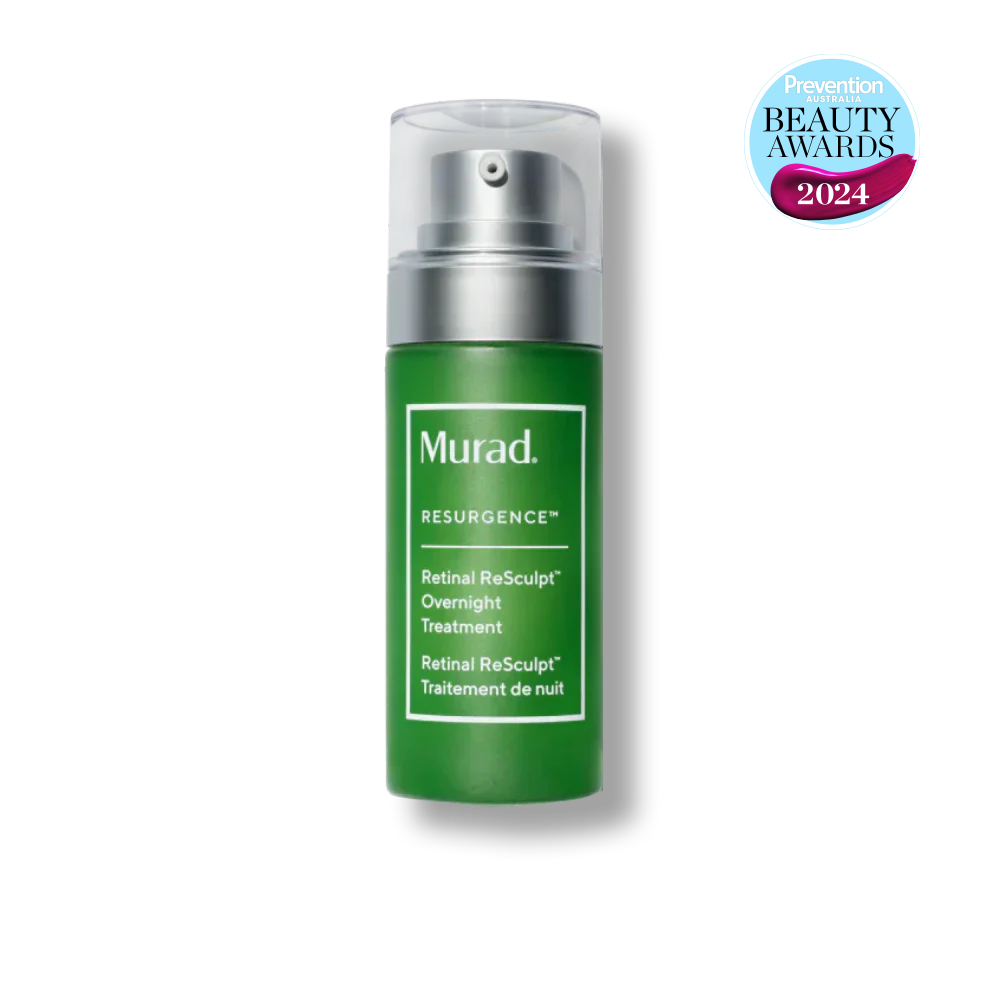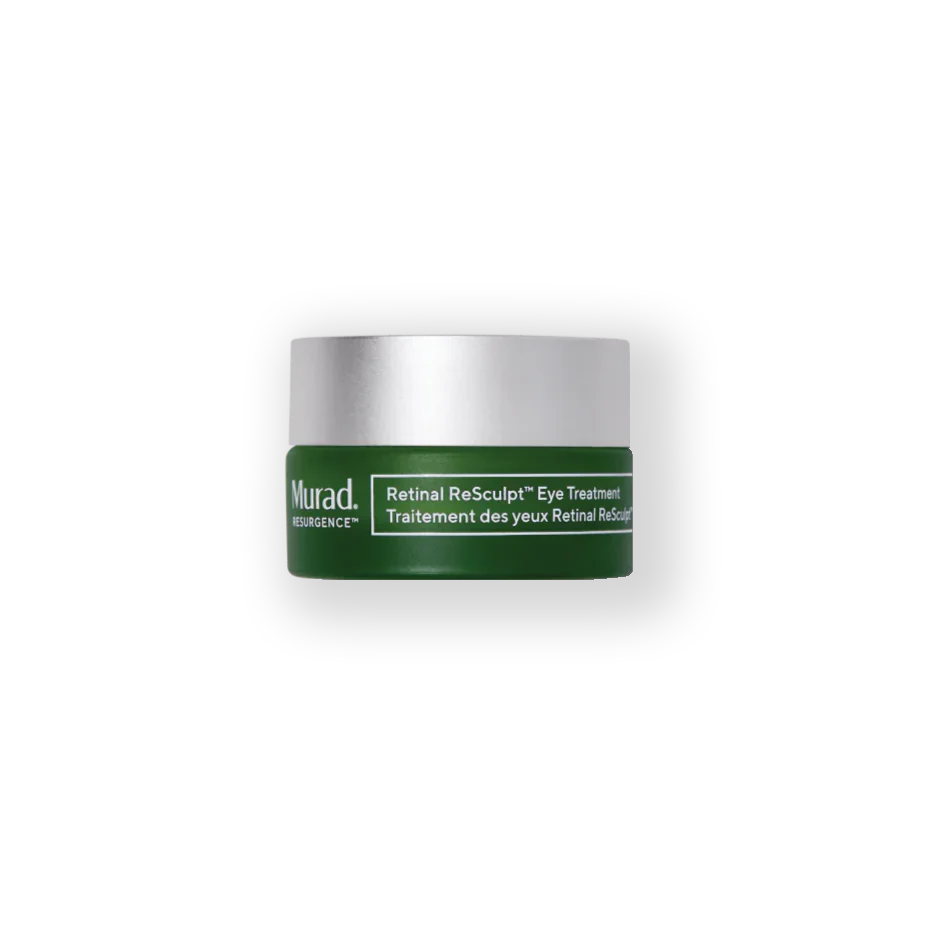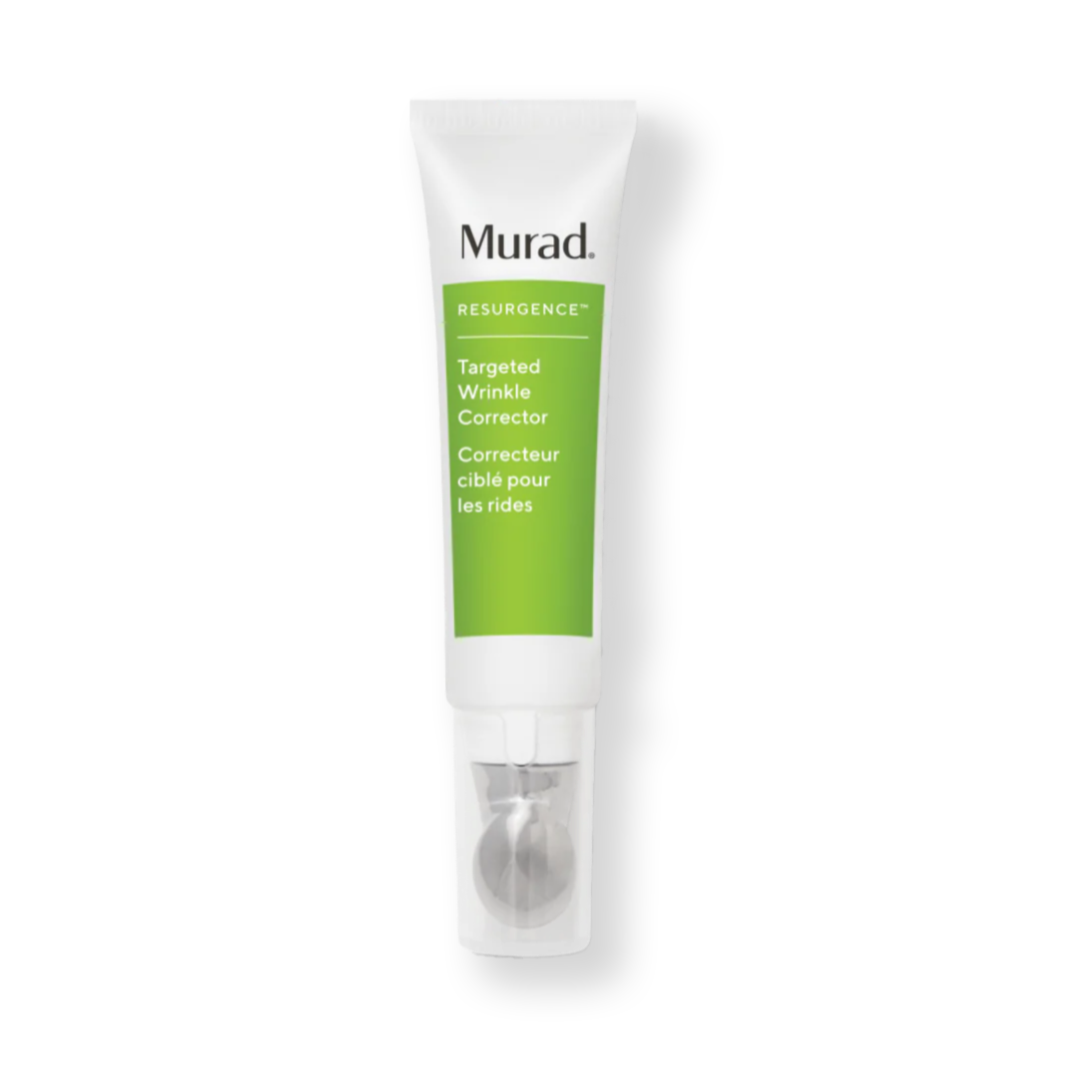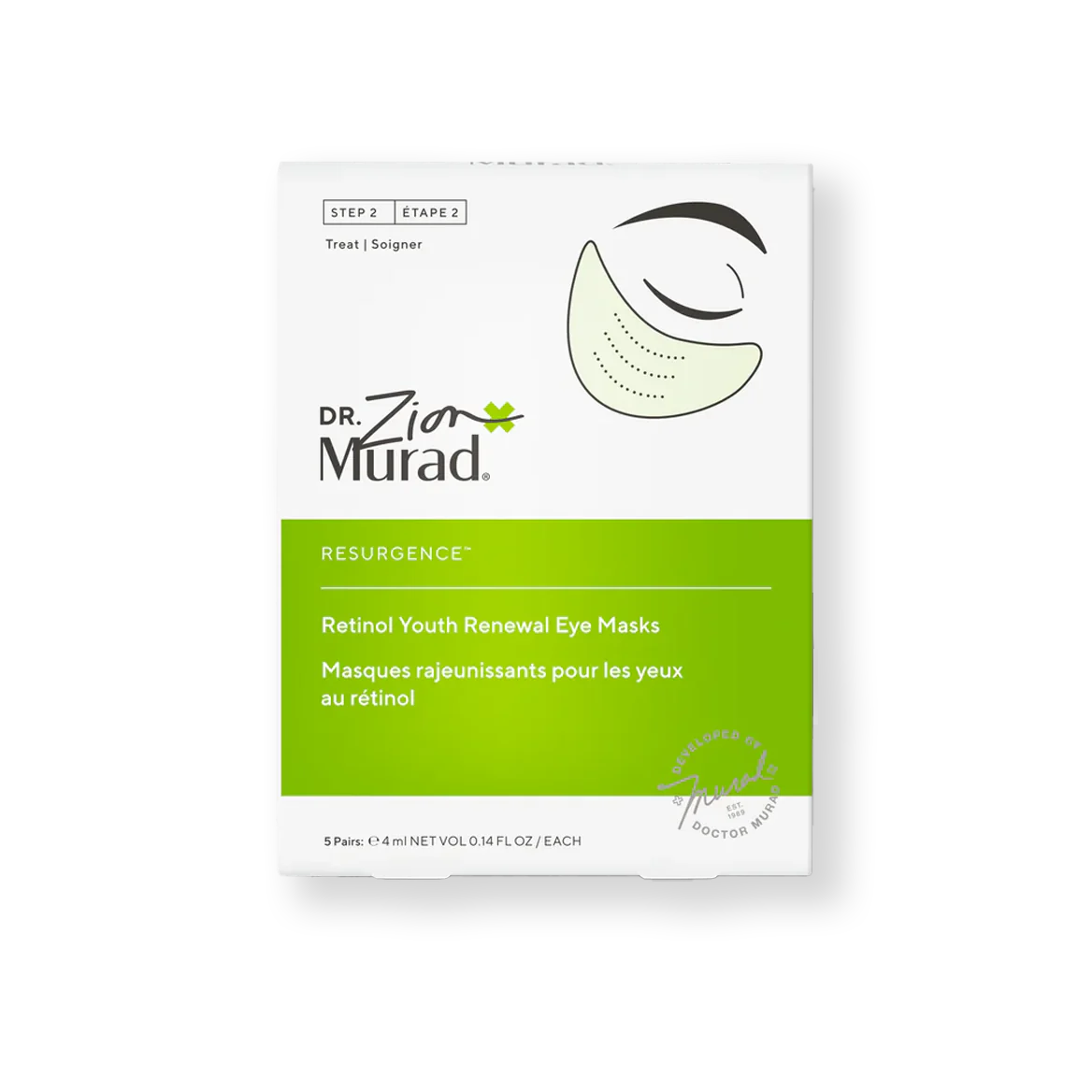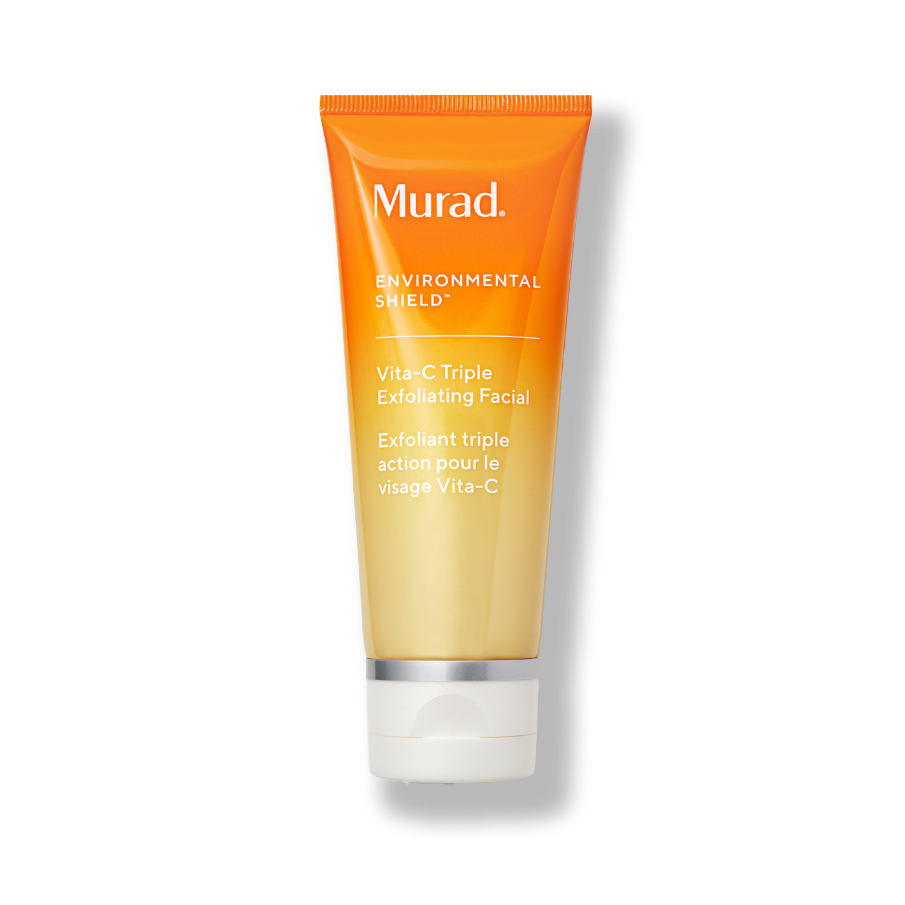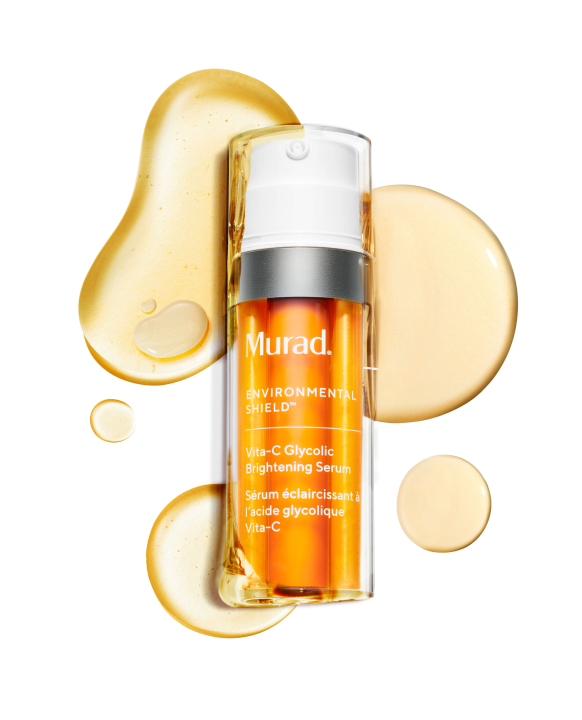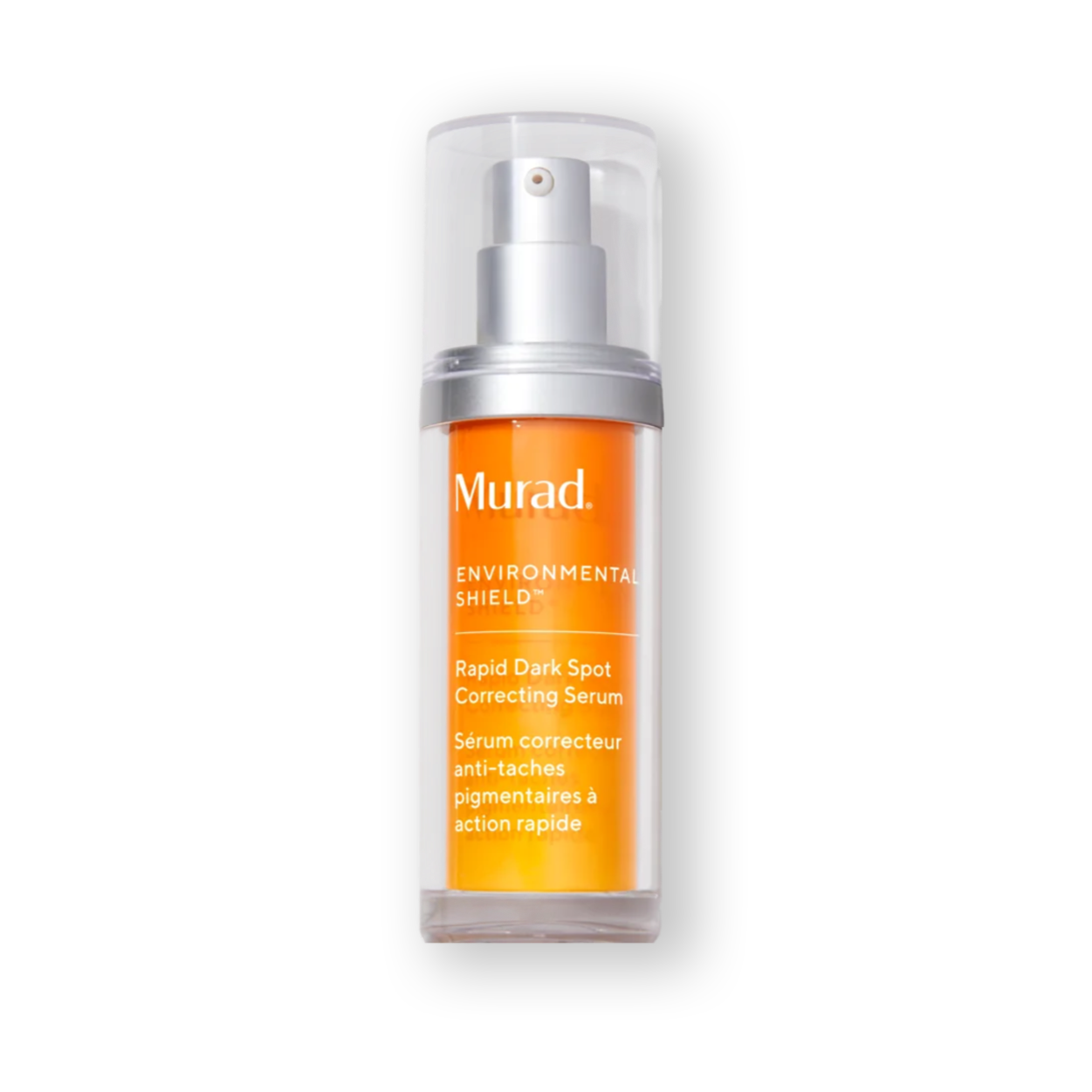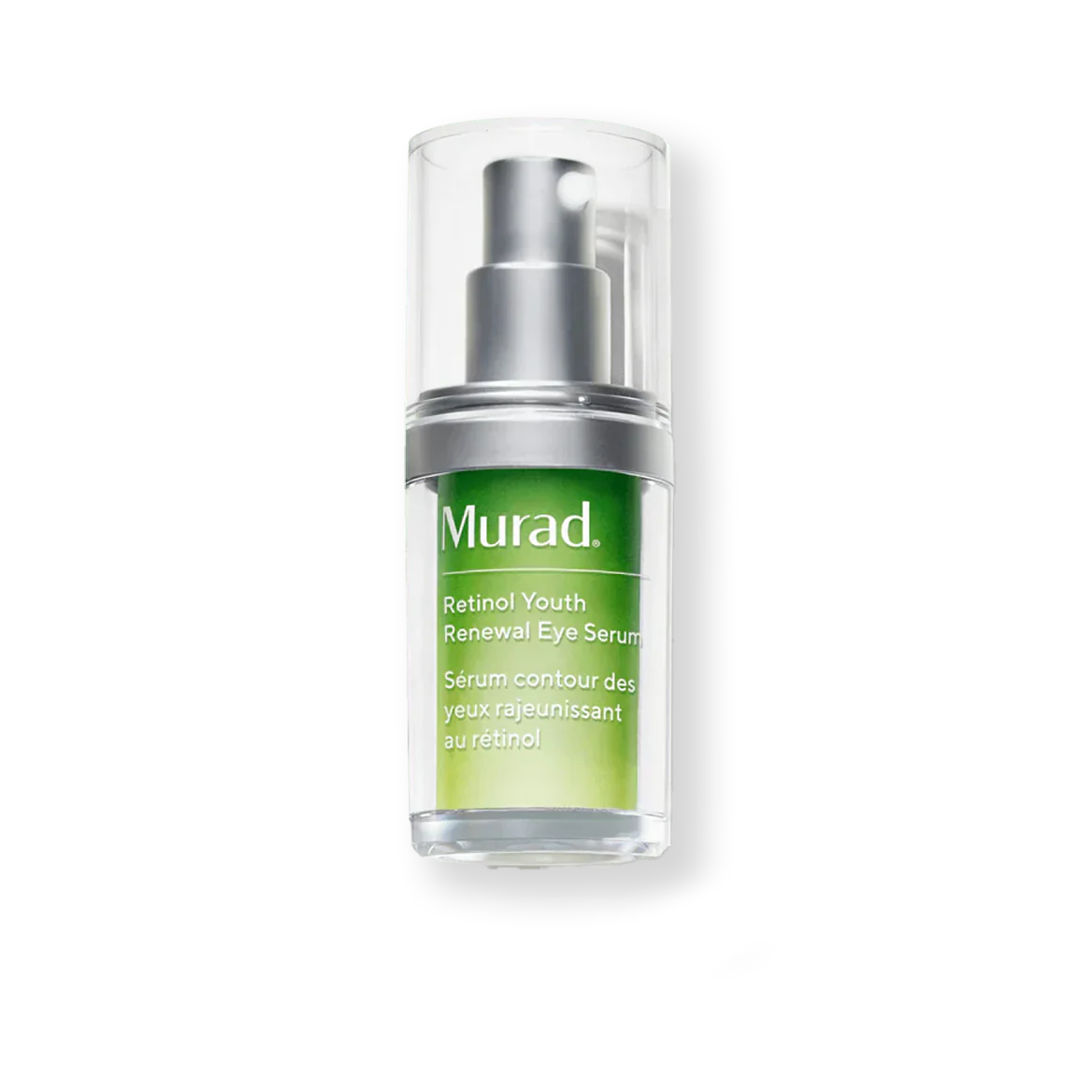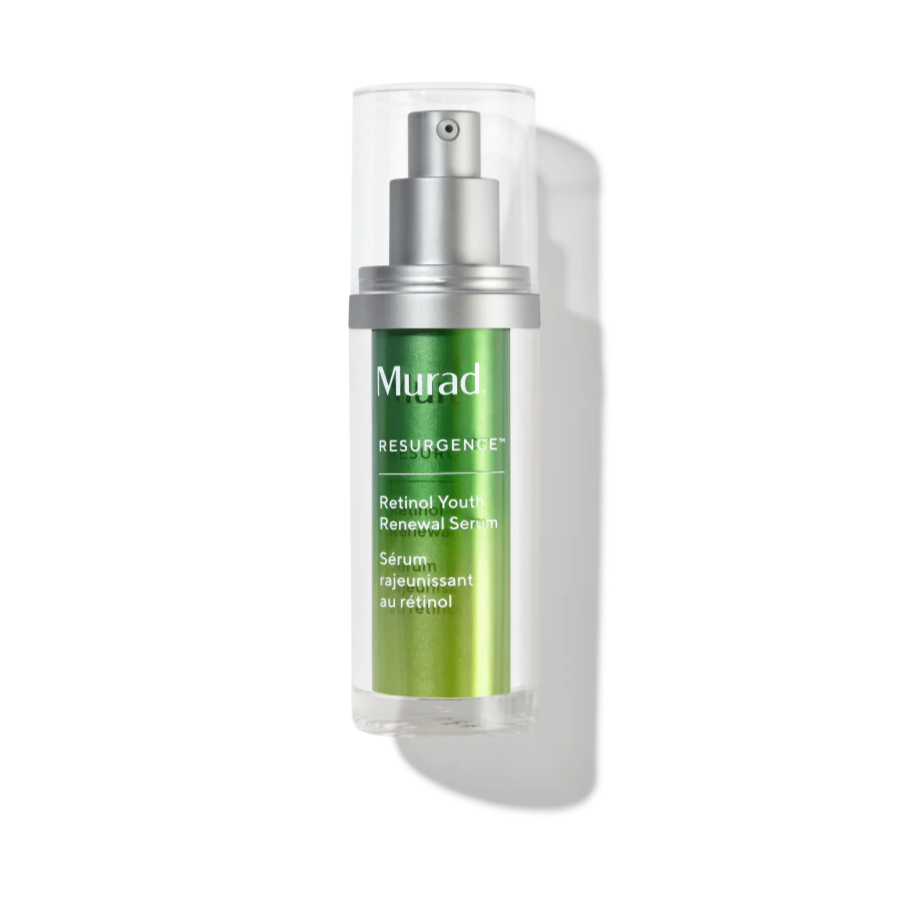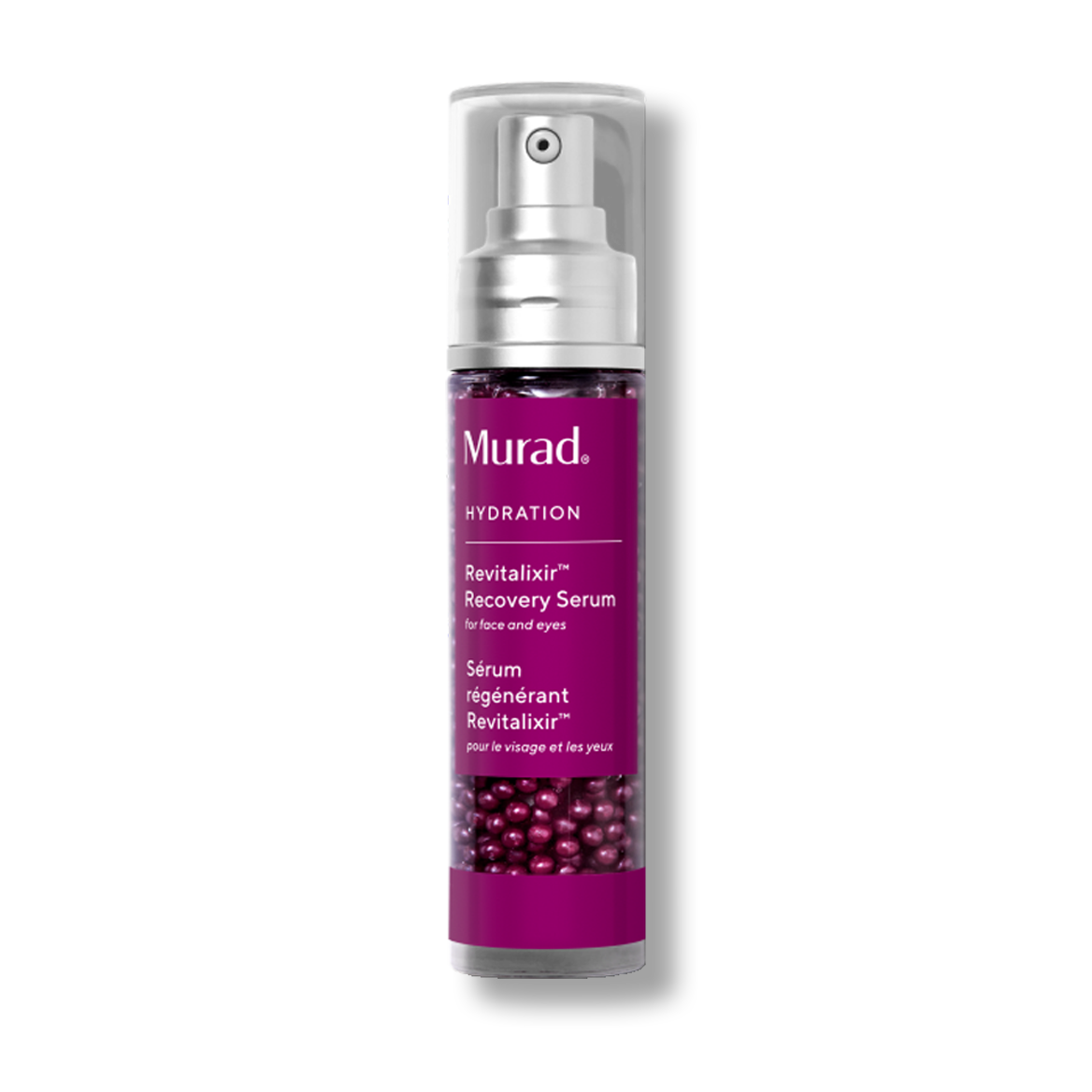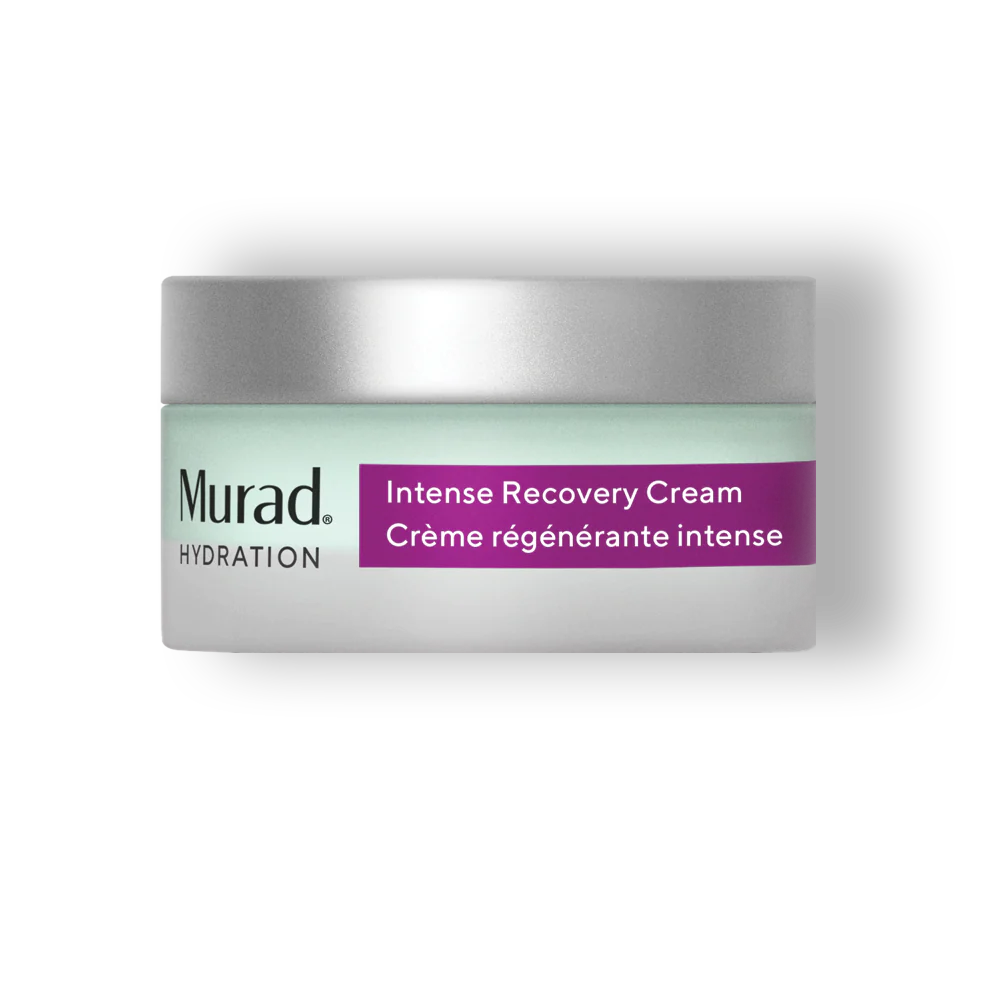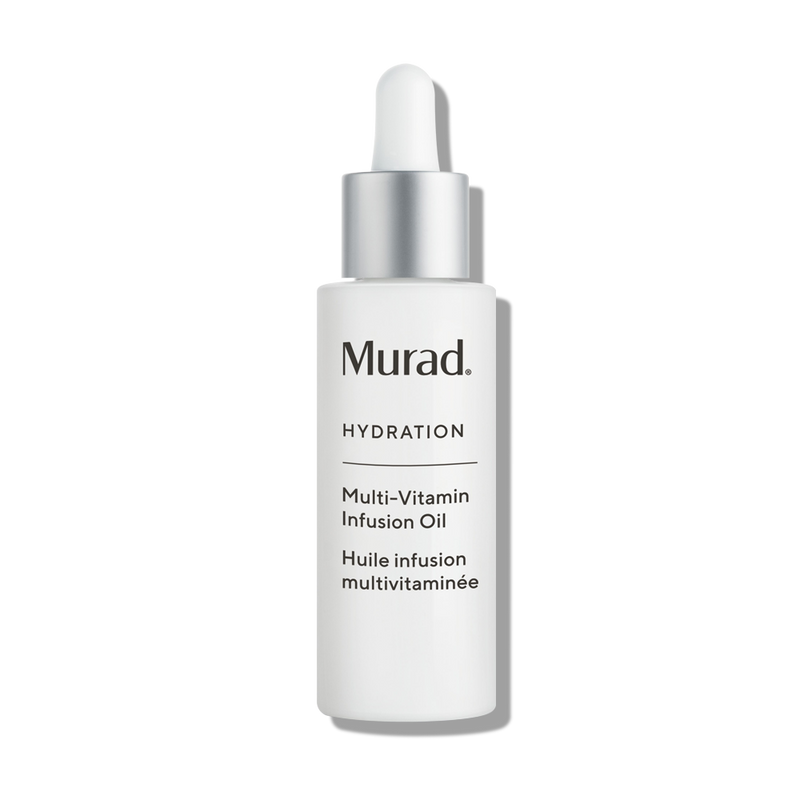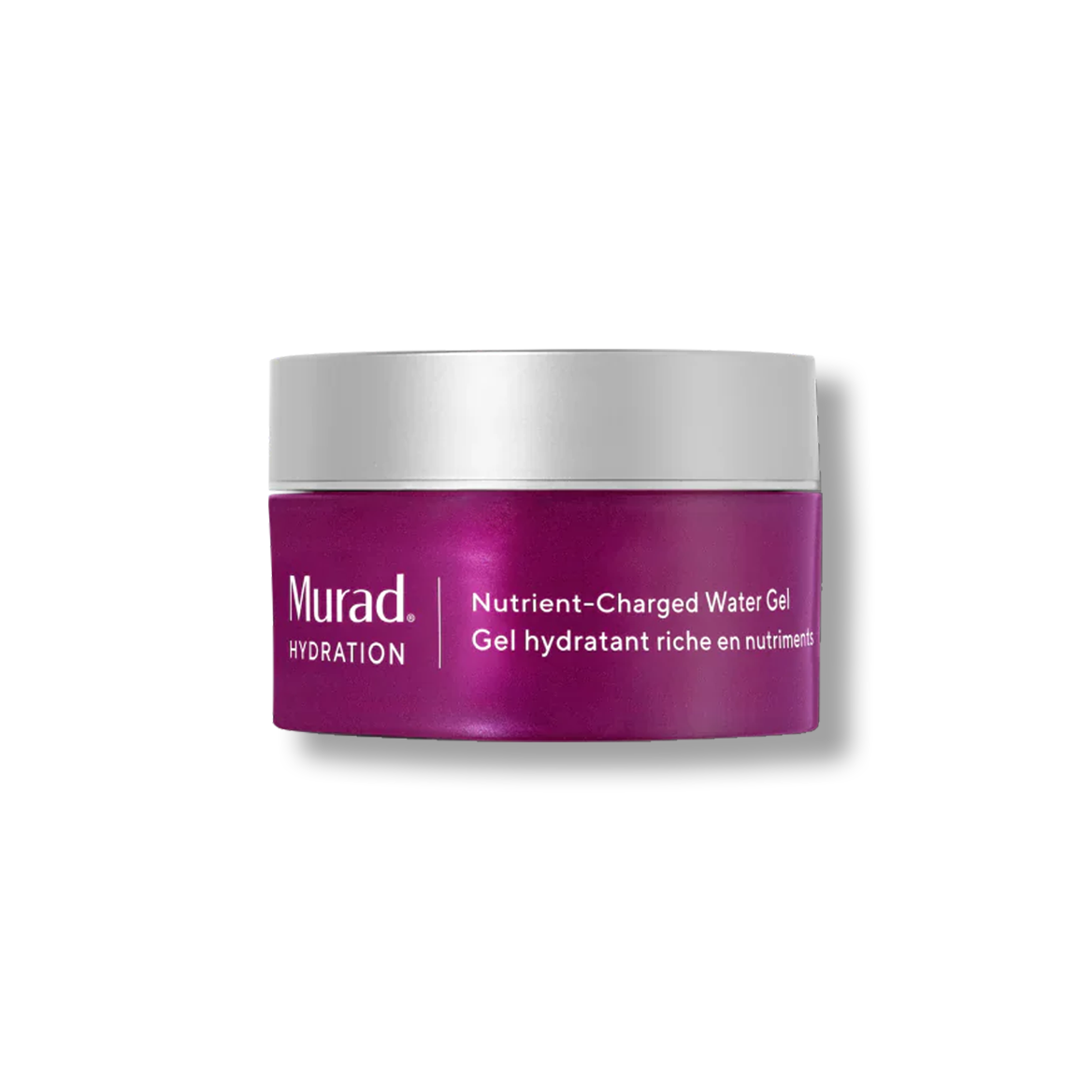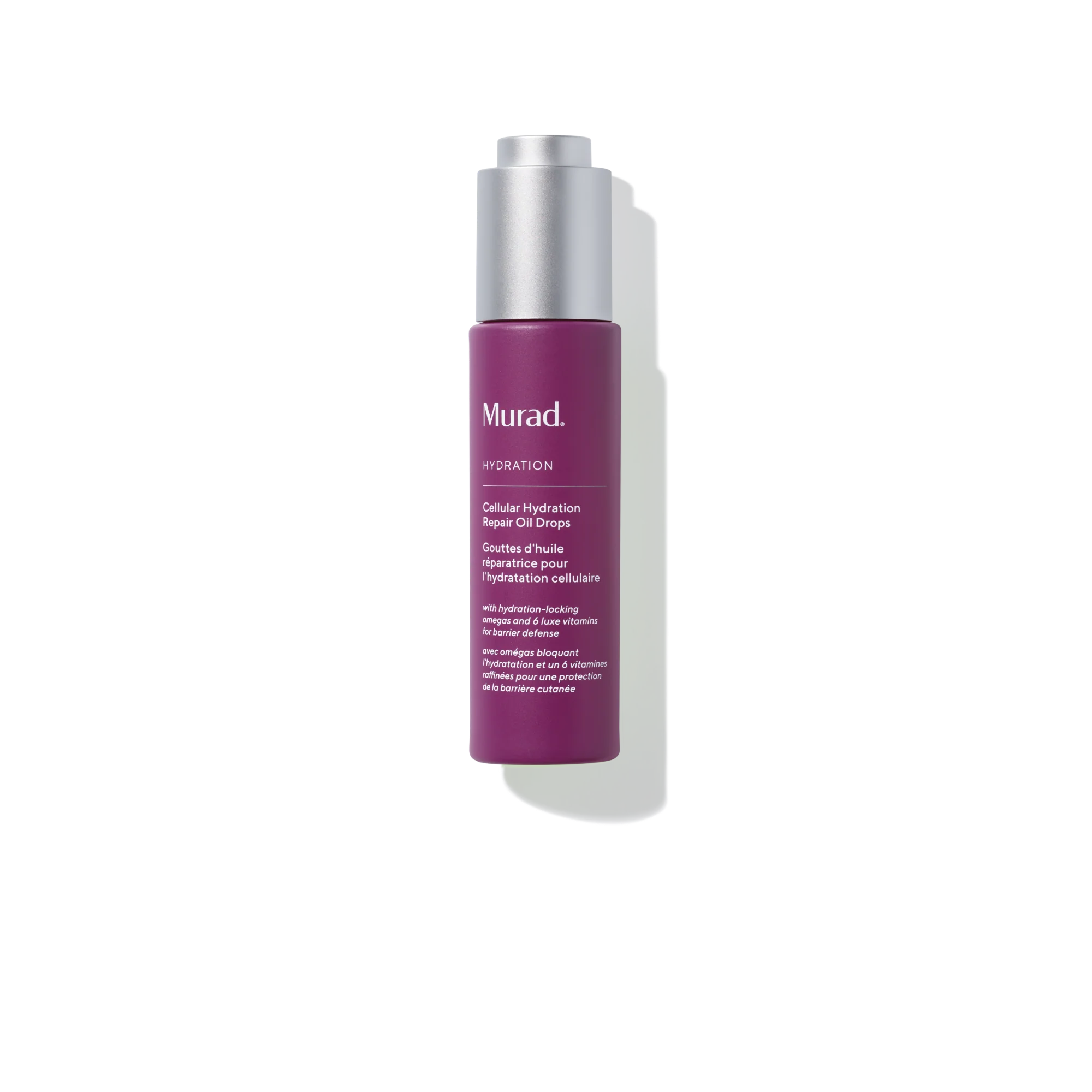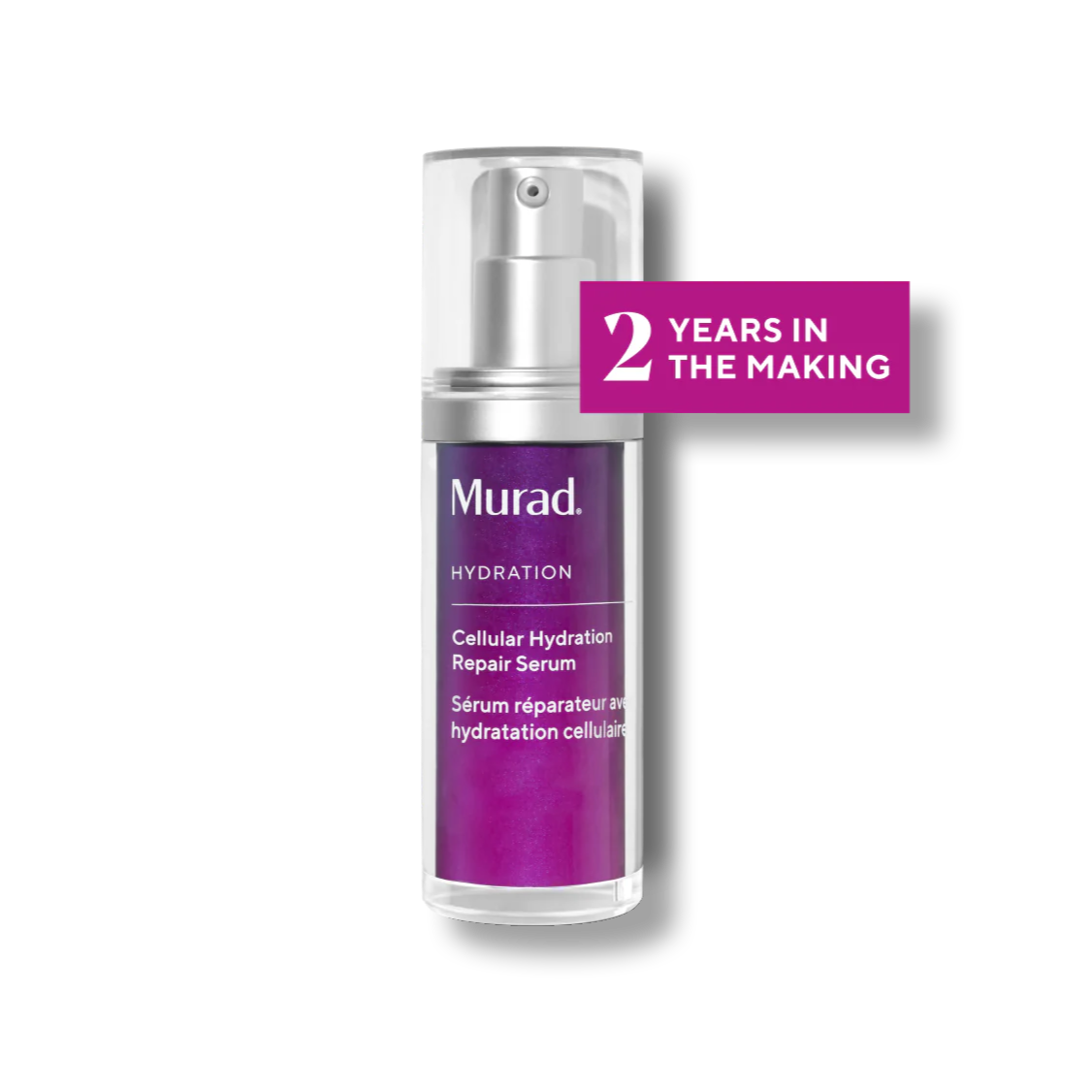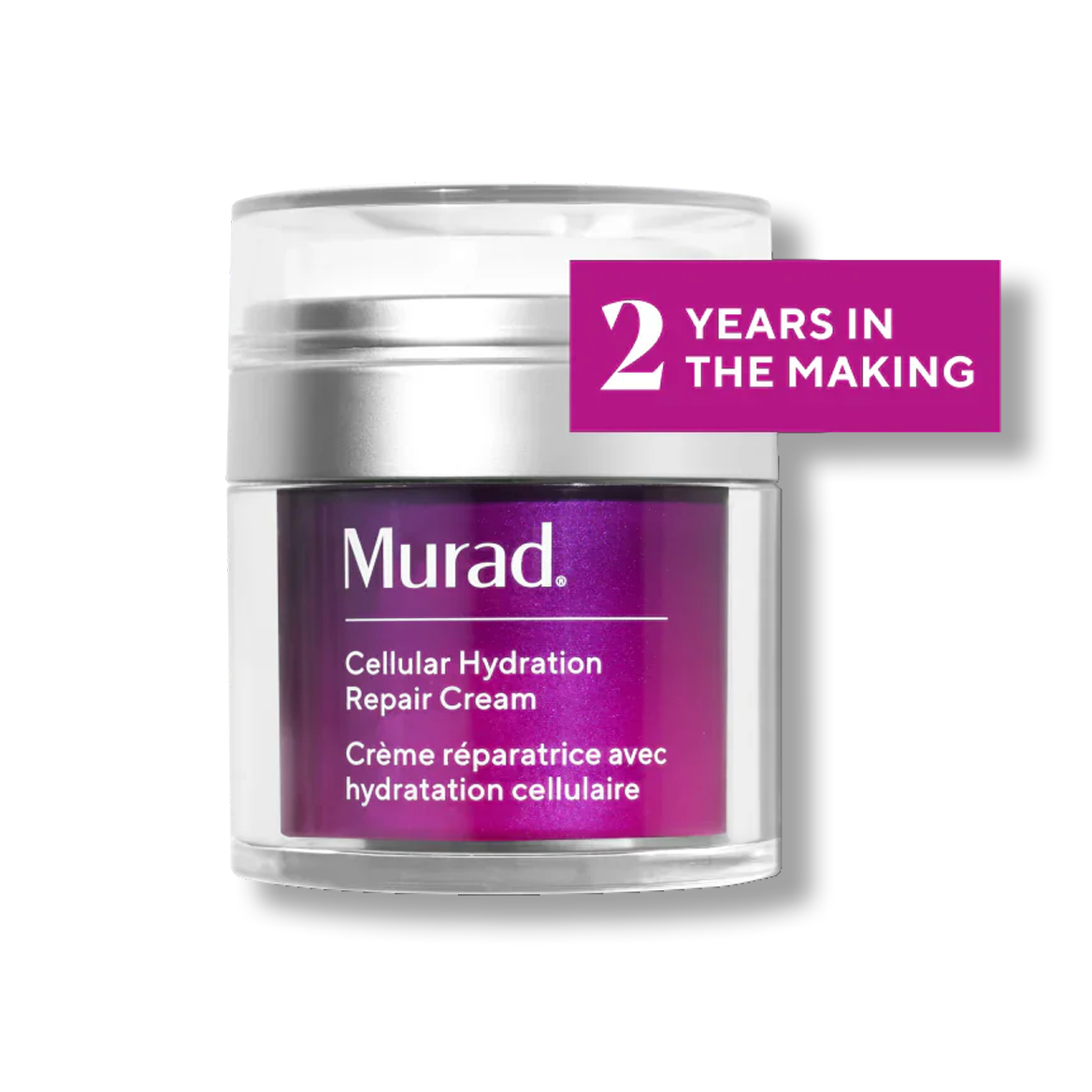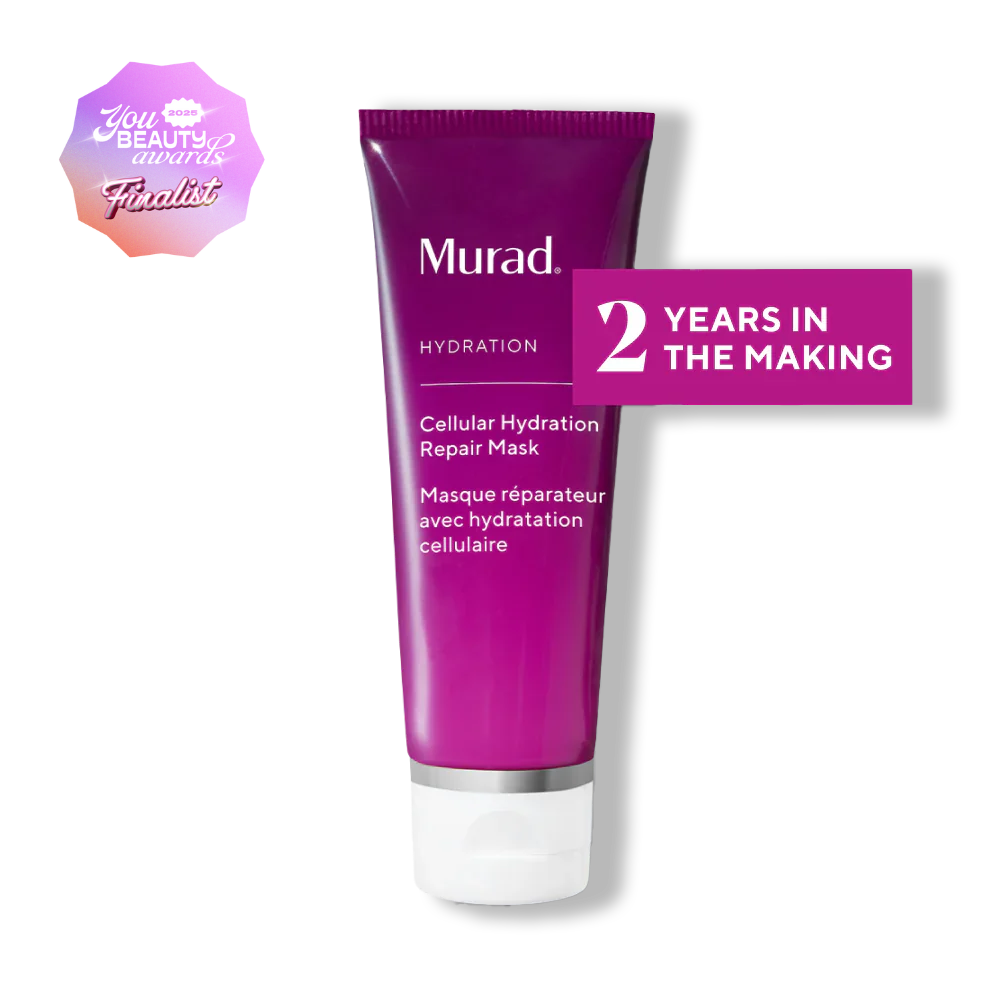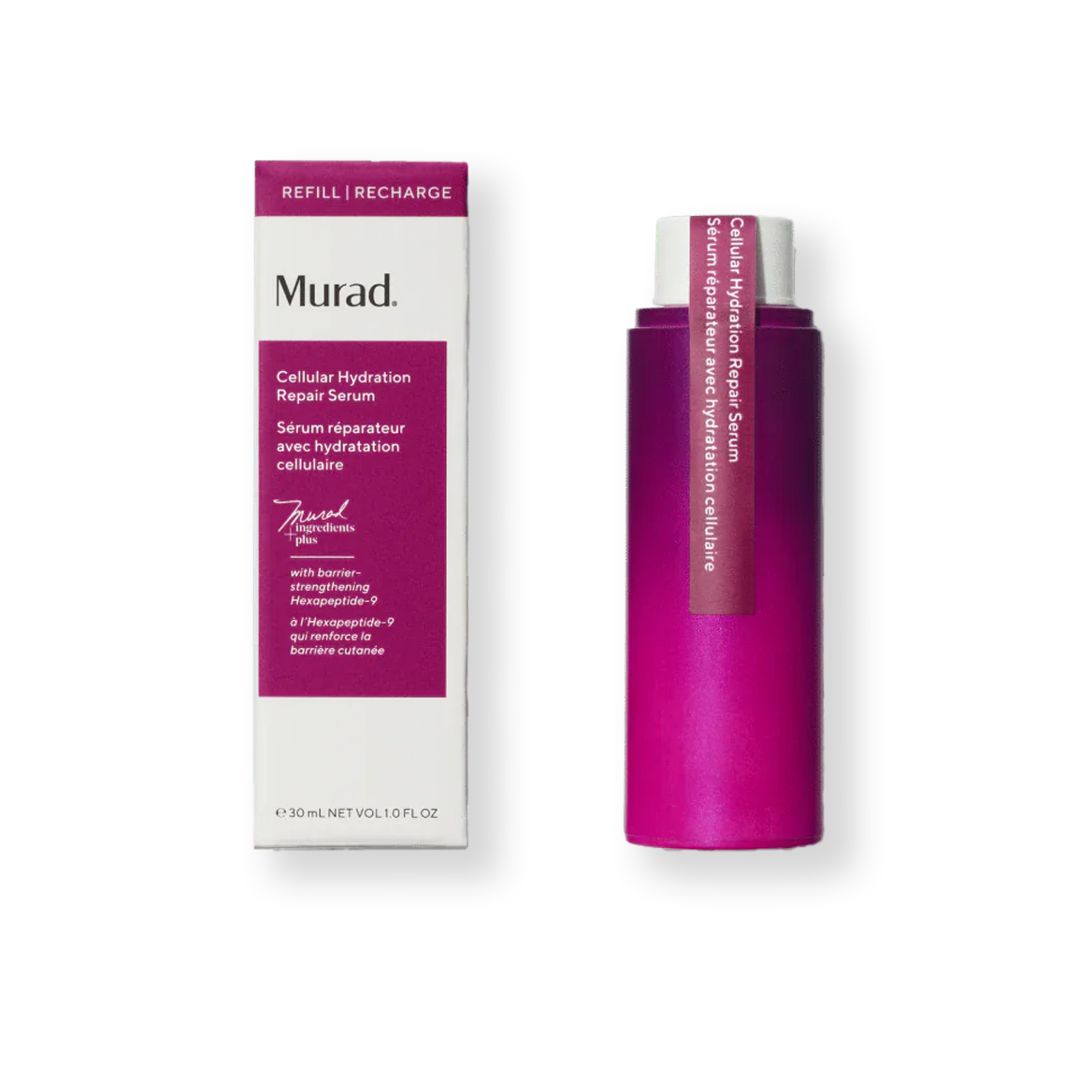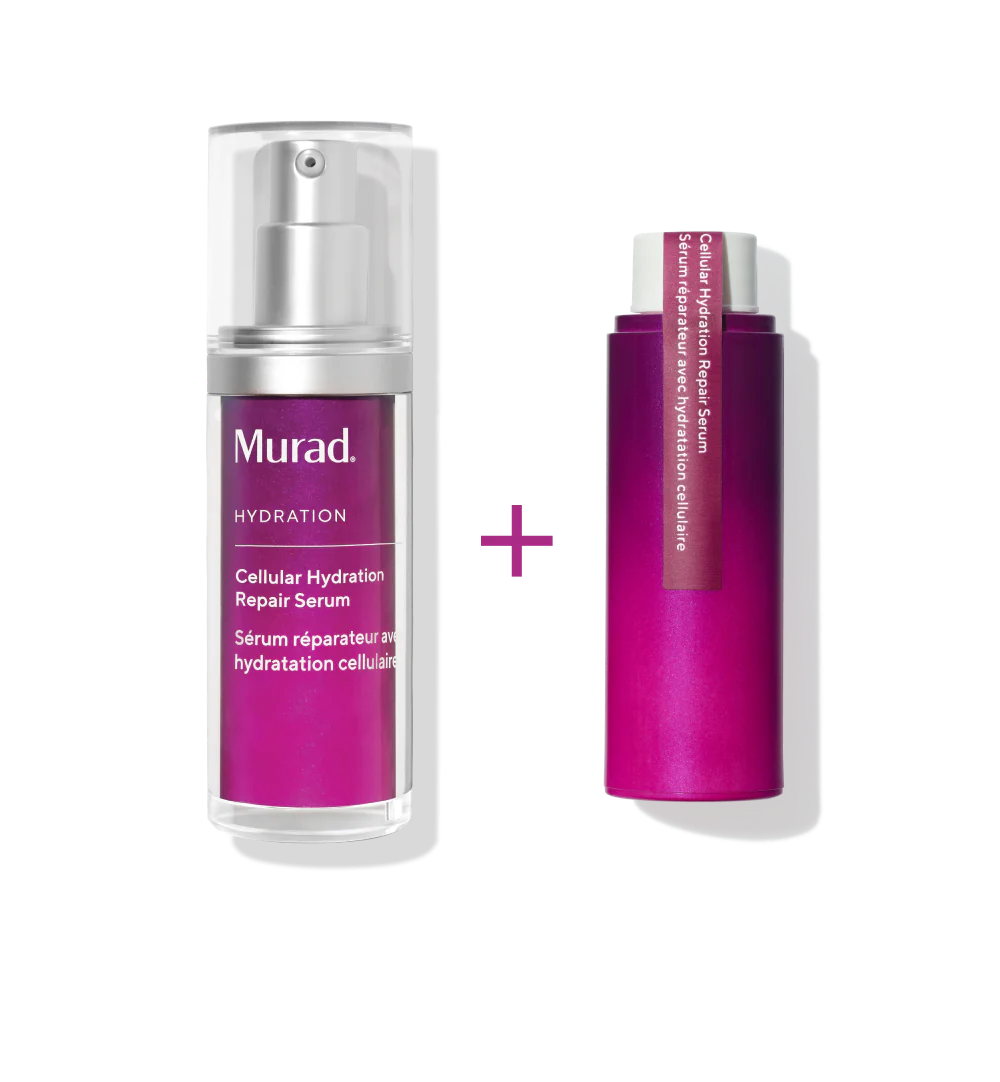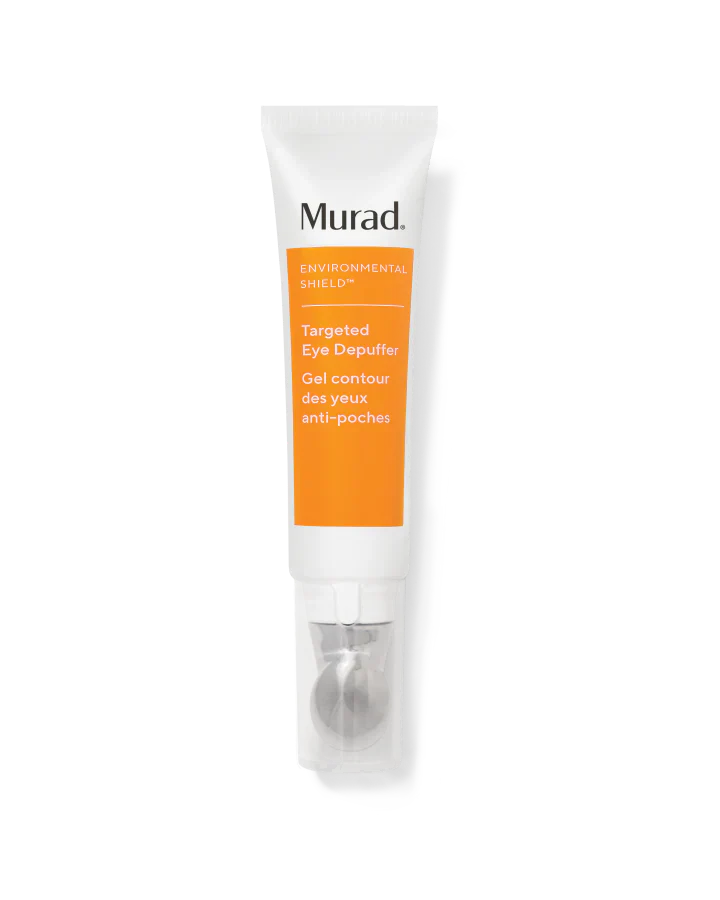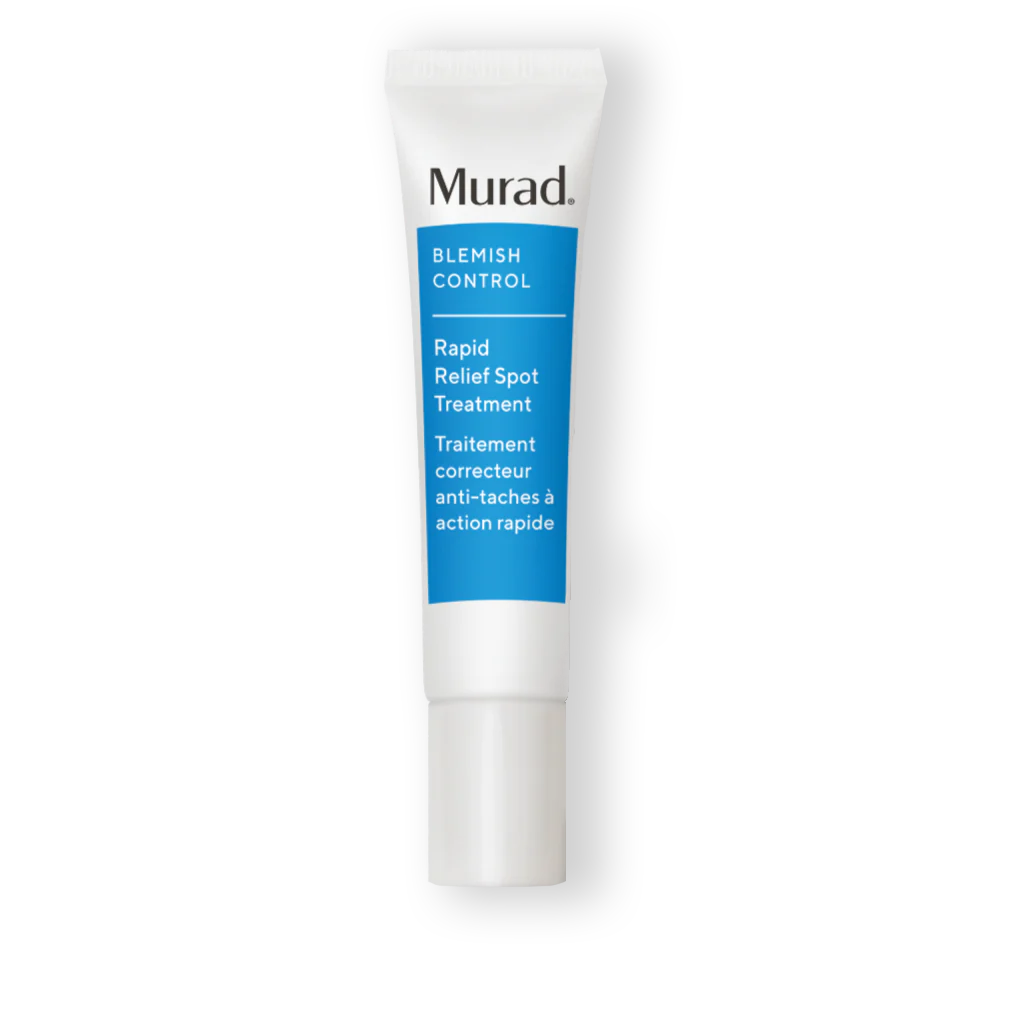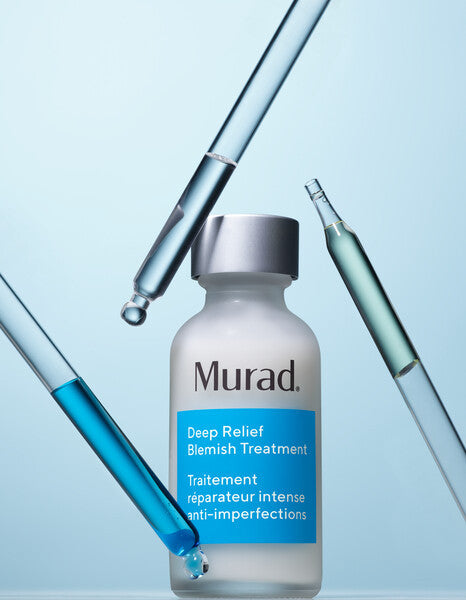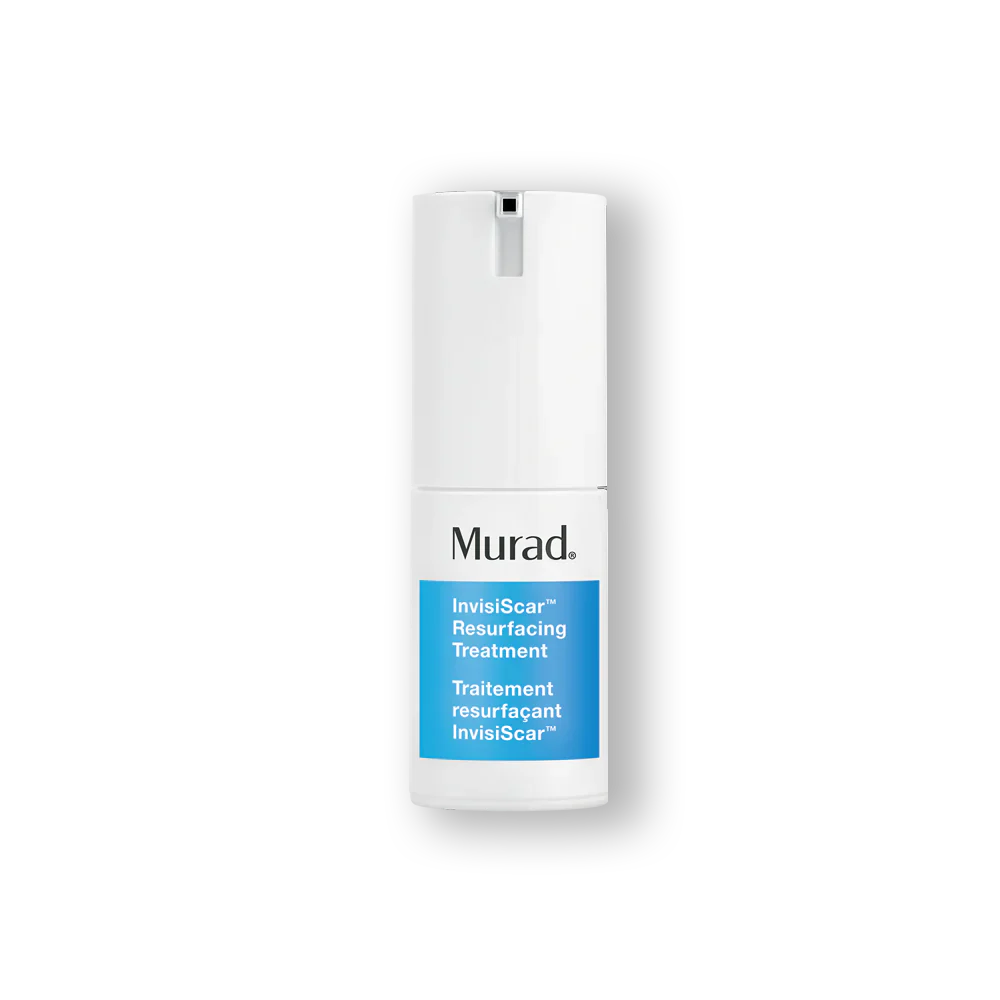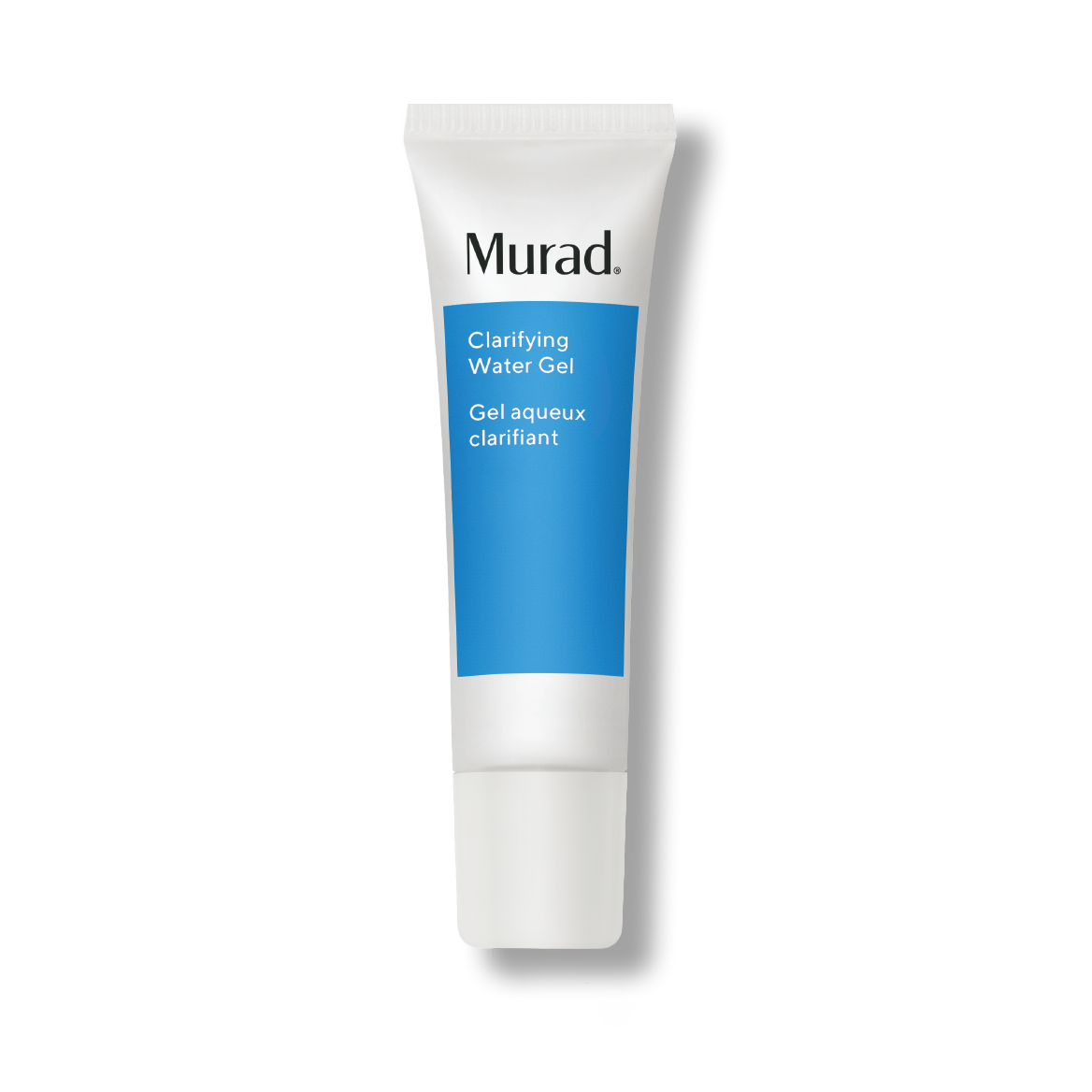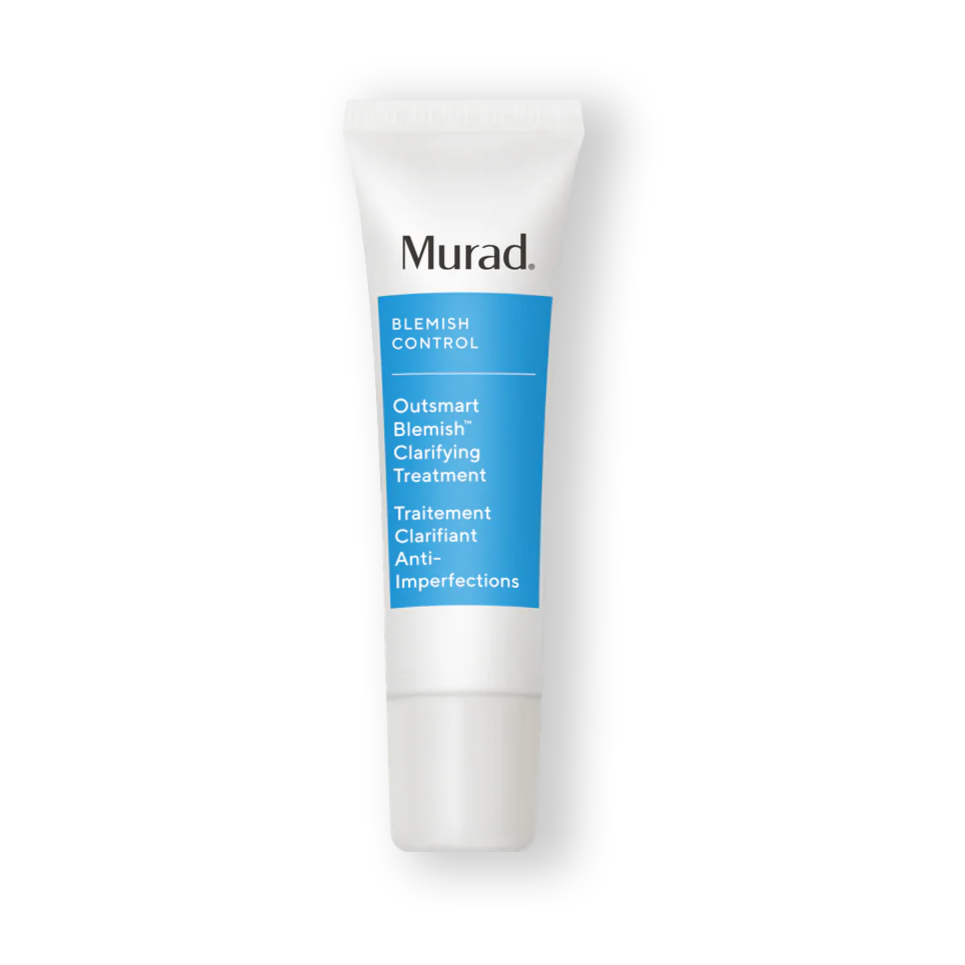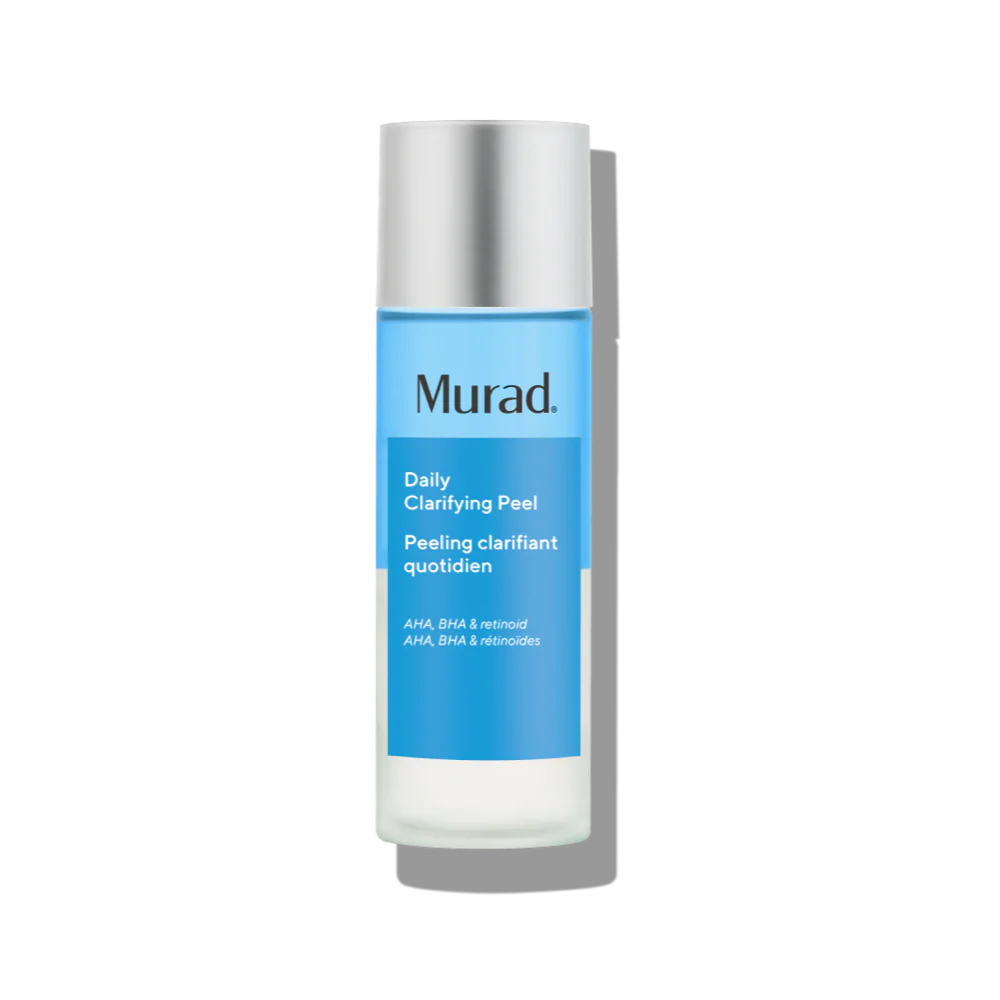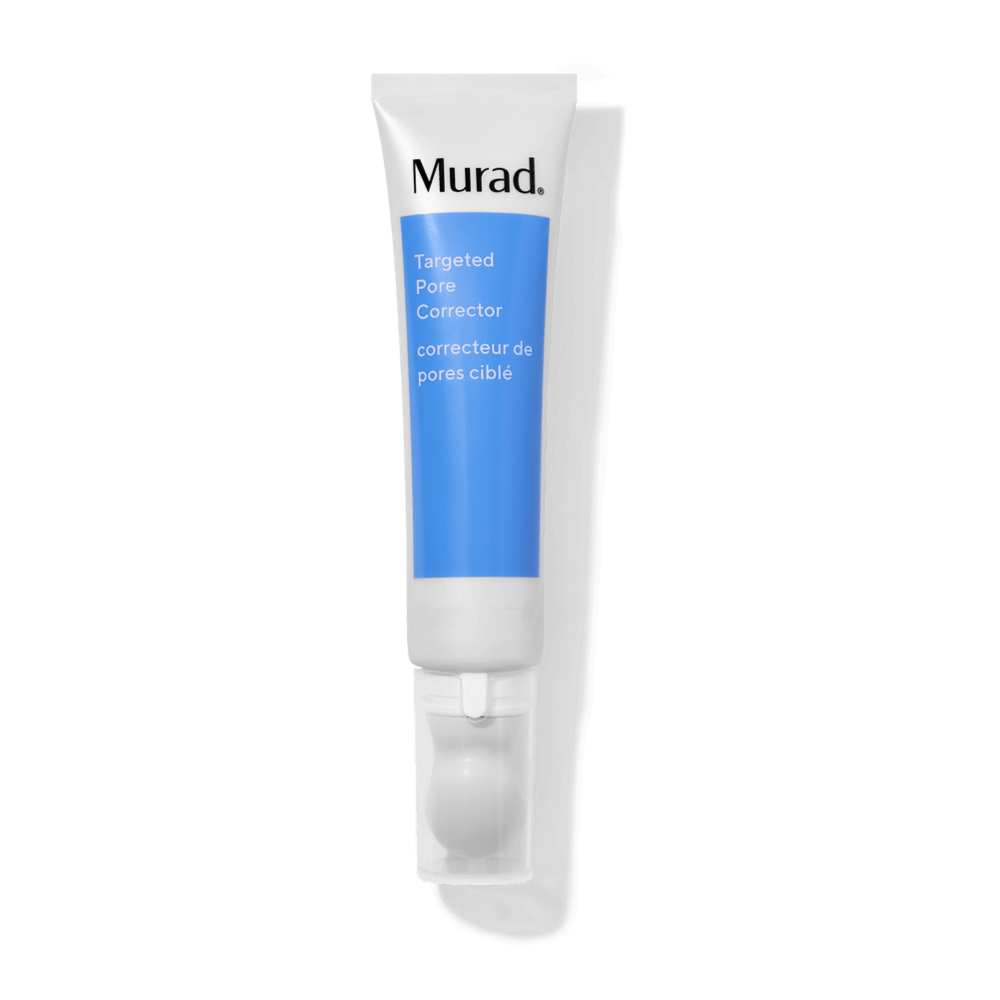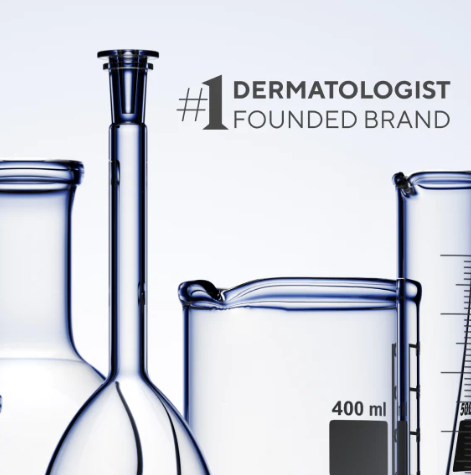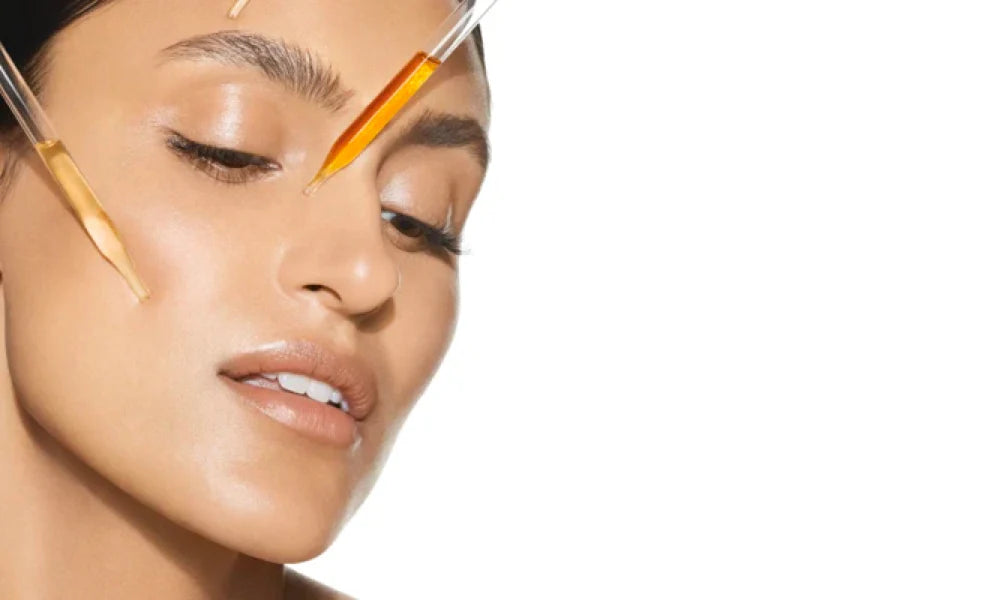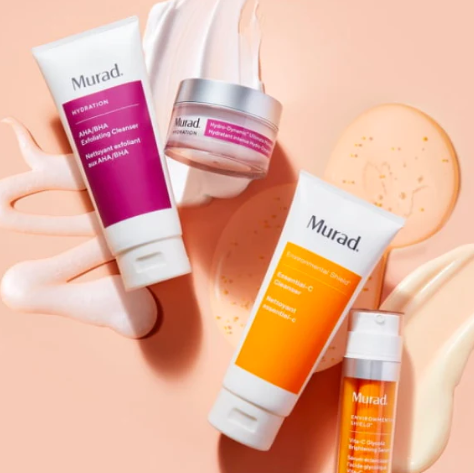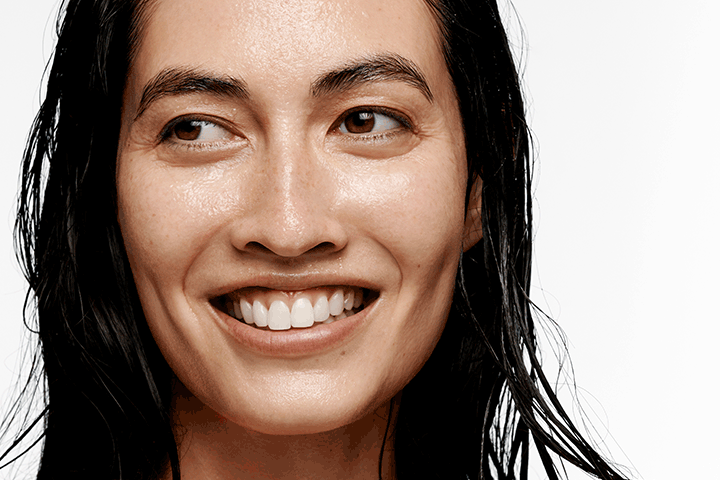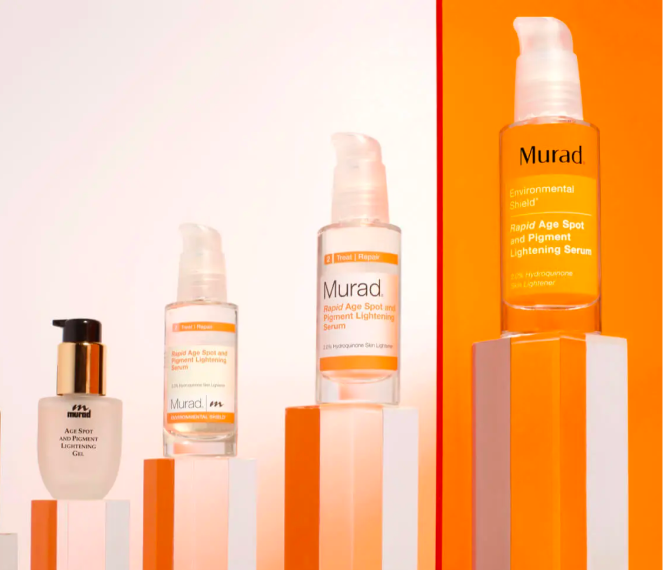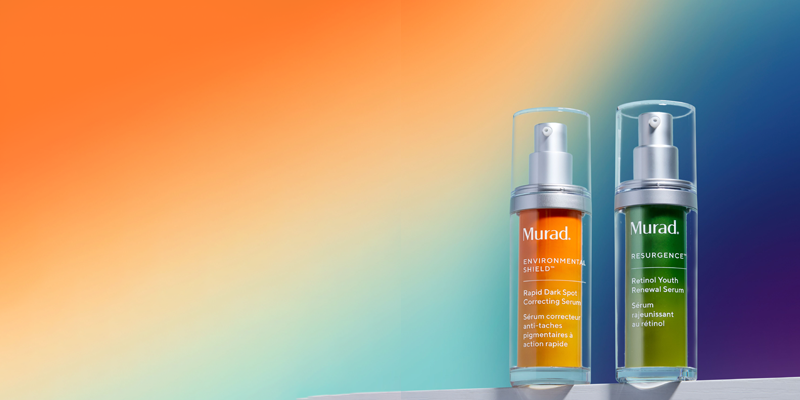How Do You Get Rid of Acne... And How Do You Get It In The First Place?

Like all skin issues, acne is rarely JUST about your skin. Food, sleep, seasonal changes and medications can contribute to acne breakouts. In fact, there are so many acne triggers and bacne triggers, this is the second time we’re covering it.
That’s why we called on two passionate skincare experts to help us understand the 5 more silent and invisible reasons you might be getting acne and bacne: Dermatologist Leela Athalye of Orange Coast Dermatology in California, and Lori Cahitas, esthetician and manager of global education + content.
Seasonal acne flares
Both summer and winter temperatures and humidity levels contribute to acne breakouts, even if you don’t have a history of acne. Research reveals that over one year amongst 171 patients, 48% reported a seasonal change in their acne, with 40% of those who reported a seasonal change noting that summer was a trigger.
Why does seasonal acne happen? “Summer’s heat and humidity kick skin into a completely different state of being,” Cahitas says. “Heat causes sebaceous glands to produce more oil. Combine that with increased sweating and more moisture in the air and you get a super sticky surface where dirt, dead skin cells and oils create the ideal environment for acne development.”
Winter doesn’t make it any easier to face down acne. Dry temperatures steal microbiome-balancing hydration from your skin, and oil glands “come to the rescue” to protect your skin by producing more oil. Over-producing oil glands are often the tipping point of breakout triggers.
Destination: Acne
Travel acne and flying can almost exist in the same bucket as seasonal acne, impacting it faster than the drink cart comes by. “Your face is first to show the impact of in-flight cabin air, dehydration, changes in food and sleep, and visits to tropical or cold-weather destinations that are different from our regular climate,” Cahitas says.
Even a change in clothing, including protective helmets and rash guards, can trigger new friction or irritation that leads to body breakouts.
Birth control
While any change to your hormones can spike skin issues, studies show that the likelihood of acne can vary from contraceptives. Implants and hormonal IUDs have shown to impact the skin’s physiology and trigger (or worsen) skin conditions like acne and rosacea.
In contrast, some oral contraceptives are prescribed as proven therapies that alleviate acne. However, your unique skin type and family history can impact your success. If you’re considering oral contraceptives for any reason and are concerned about how they will impact your skin, be sure to talk to both your doctor and dermatologist.
Say it ain’t so, phones!
“Yes, phones can be a big cause of acne—especially if you hold it repeatedly on the same side of your face,” Athalye tells us. Phones harbor unpleasant things including your skin’s own oils and dead skin cells. Combine those with anything else your phone unwillingly touches, and you have a digital device that’s dialed-in to trigger breakouts.
Why to (maybe) say no way to whey protein
Nutrition has been a controversial topic when considering acne triggers, and the nuances of what to eat and not eat are contradictory at least, and frustrating at most. However, more and more evidence stacks in favour of the hypothesis that processed foods dictate skin health—and one processed food consistently surfaces in scientific acne research: dairy.
Dairy has long been criticized and studied as an acne instigator. Today’s consumer must do much more than skip the milk and cheese aisles while also looking at processed foods that sneak into our health-centric diets. Athalye tells us, “Even a diet including whey protein” can be an acne instigator.
“Whey protein is a processed, pasteurized product derived from cheesemaking. And yes, that means whey is classified as a lactose dairy product—even if you blend it with almond milk,” says Cahitas. If you’ve noticed an uptick in skin issues since starting a processed protein-rich diet, consider taking a different approach to supplementing protein into your diet.
What can be done to treat face and body acne?
Tried and true salicylic acid: it works for your face and for your body. New technologies like phytosteroids (non-steroids made from plants) help heal and clear without the dreaded steroid shot. “For the body, shop for gentle exfoliating body pads saturated in breakout-clearing salicylic acid, and calming ingredients like azelaic acid,” Cahitas says.
The views expressed in this article do not necessarily represent the views of Murad, and are for informational purposes only, even if the advice of physicians and medical practitioners are included. This article is not a substitute for professional medical advice, diagnosis or treatment, and should not looked be considered specific medical advice.
References for this information:
Journal of Cosmetic Dermatology, 2019, volume 18, issue 4, pages 1098-1104
American Journal of Obstetrics & Gynecology, 2020, volume 135, issue 6, pages 1306-1312
American Journal of Clinical Dermatology, 2021, volume 22, issue 1, pages 69-80
Journal of the American Academy of Dermatology,2013. Volume 68, issue 6, pages 1022-1029
Tetra Pak website, Dairy Processing Handbook
